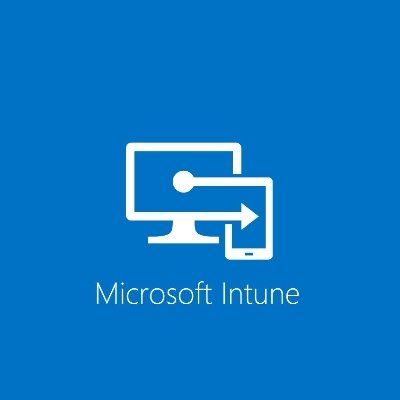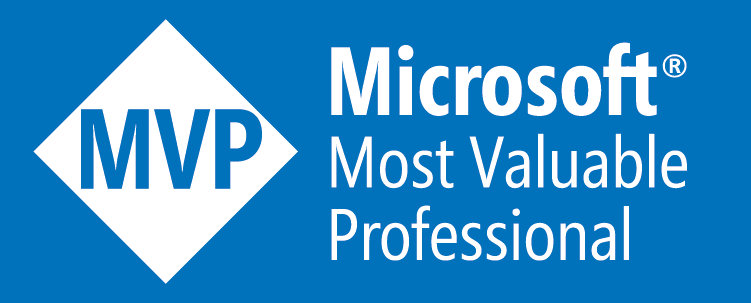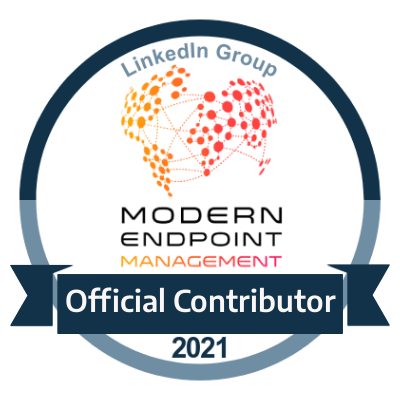SCSM: Management and CMDB for Linux Devices via Import Software Inventory from SCCM
Manage your Cross-Platform Estates!
Import Management Packs into SCSM
You will require the following pre-requisites for this
- WS Management Library
- Client Monitoring Library
- Data Warehouse Library
- Network Device Library
- System Center Core Monitoring
- Microsoft Audit Collection Services
- System Centre Core Monitoring Views
- Microsoft System Center Operations Manager Library
- Once these are imported you can then import the management packs from the System Centre Management Packs for UNIX which is used to discover all Linux/Unix Cis within SCOM
Once these are imported you will need to run the PowerShell commands to add them to the Allow list class which will enable them to be synchronized via the SCOM CI Connector
Get-SCSMClass -Name "*Unix*" | ForEach-Object {$_.Name} {Add-SCSMAllowListClass -ClassName $_.Name}
( Note : If adding anything else such as Linux, Solaris, RHEL then change the value where the name switch is specified)
Once these have been added you can confirm them within the list using the Get-SCSMAllowList
Then you can use the synchronize button for the SCOM CI Connector which you have. Once completed you can create a custom view which will show the Linux/Unix Cis which would have been imported from your SCOM CI connector
Import Linux Software Inventory & Relationships
Once you have the CIs of your Unix/Linux devices imported, the next part you will require is the hardware/software inventory which comes from the SCCM side as there is no direct synchronization within the connector.
In this case you can use the following script which i have here that performs the following
- Connects to your SCCM Database
- Runs a query to pull all of the Hardware/Software Inventory
- Discover the Linux/Unix Cis in your Service Manager
- Discover the Software Item class in Service Manager
- Creates all of the Linux Software items in Service Manager
- Creates the relationships between the Linux/Unix CI and the Software item CI
The script can be downloaded here https://gallery.technet.microsoft.com/Linux-Software-Inventory-14402621








